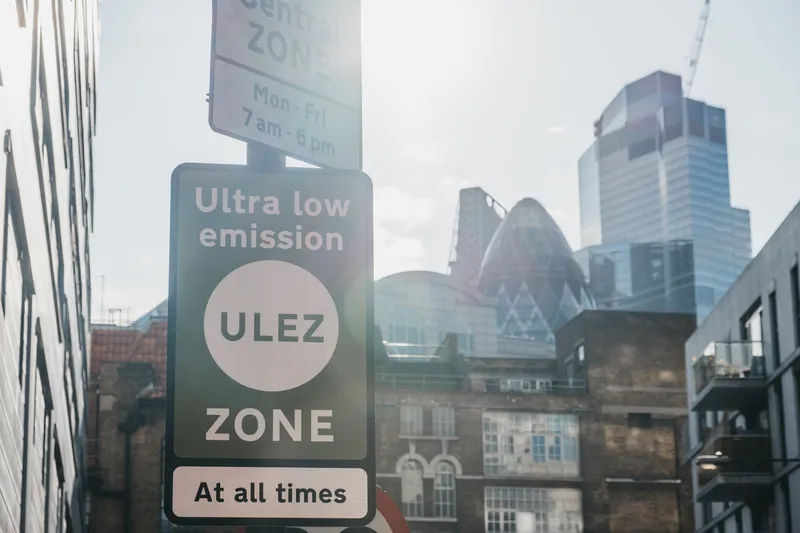Additionally, Bedford has used the cloud-based service to plan transport for 700 special educational needs students and 1000 social care users. The council manages a fleet of approximately 50 in-house vehicles which mainly transport the most vulnerable people.
The product has also helped the council remove eight buses from the network through improved vehicle utilisation.
Chris Pettifer, chief officer for transport, Bedford Borough Council, said: “With council budget restrictions and policy changes we knew we had to review the council’s client transport network significantly. We needed software that could support this process of the best routes and vehicle suitability in view of all the complexities of school, special needs and social care transport.”
Qroutes is available as a Software as a Service subscription. Users have access to new functionality as releases come online, without having to update versions locally.
Bedford utilises Qroutes software to boost transport efficiency
Qroutes' route planning software has helped Bedford Borough Council reorganise its home to school transport network. The solution is said to have saved over £200,000 ($140,000) a year in transport costs and has assisted in planning transport for 3,000 school children.
Additionally, Bedford has used the cloud-based service to plan transport for 700 special educational needs students and 1000 social care users. The council manages a fleet of approximately 50 in-house vehicles which mainly transport the most
June 28, 2018
Read time: 2 mins








